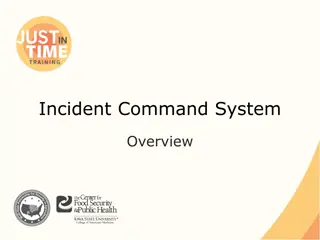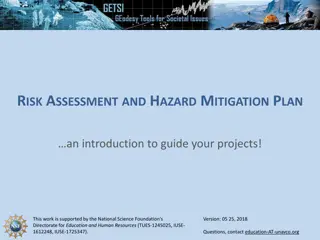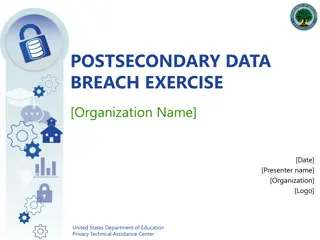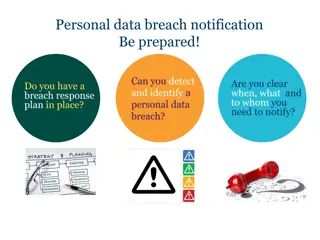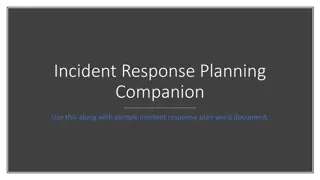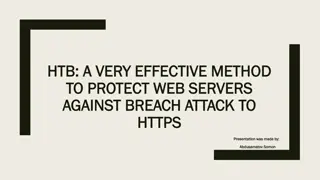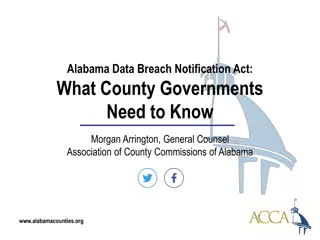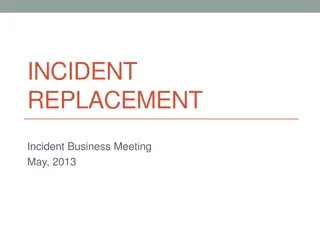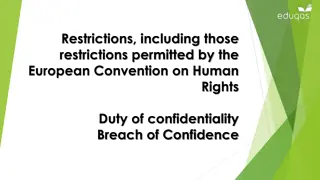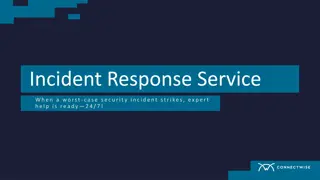Incident Response and Mitigation Strategies_Steps to Handle a Data Breach Effectively
This presentation by LDM Global outlines the key steps to effectively handle a data breach. It emphasizes the importance of a structured Incident Response Plan (IRP) to minimize financial, reputational, and legal risks. The five key steps include Pre
Download Presentation

Please find below an Image/Link to download the presentation.
The content on the website is provided AS IS for your information and personal use only. It may not be sold, licensed, or shared on other websites without obtaining consent from the author.If you encounter any issues during the download, it is possible that the publisher has removed the file from their server.
You are allowed to download the files provided on this website for personal or commercial use, subject to the condition that they are used lawfully. All files are the property of their respective owners.
The content on the website is provided AS IS for your information and personal use only. It may not be sold, licensed, or shared on other websites without obtaining consent from the author.
E N D
Presentation Transcript
Incident Response and Mitigation Strategies Steps to Handle a Data Breach Effectively Presented by: LDM Global
Introduction to Incident Response A data breach can lead to financial loss, reputational damage, and legal consequences. Incident response is a structured approach to managing and mitigating cyber threats. A well-prepared response strategy helps minimize impact and recovery time.
Key Steps in Incident Response Preparation Establish policies, conduct training, and set up security tools. Detection & Analysis Identify the breach, assess impact, and determine affected data. Containment & Eradication Isolate affected systems, remove malware, and patch vulnerabilities. Recovery Restore data, test security, and resume normal operations. Lessons Learned Conduct a post-incident review to improve future response. 1. 2. 3. 4. 5.
Best Practices for Effective Mitigation Have an Incident Response Plan (IRP) Document and update response procedures. Regular Security Audits Identify and fix vulnerabilities proactively. Employee Awareness Training Reduce risks from phishing and human error. Use Advanced Security Tools AI-driven threat detection and real-time monitoring. Engage Cybersecurity Experts Partner with professionals for threat intelligence. Thank You! For more information, visit LDM Global.








